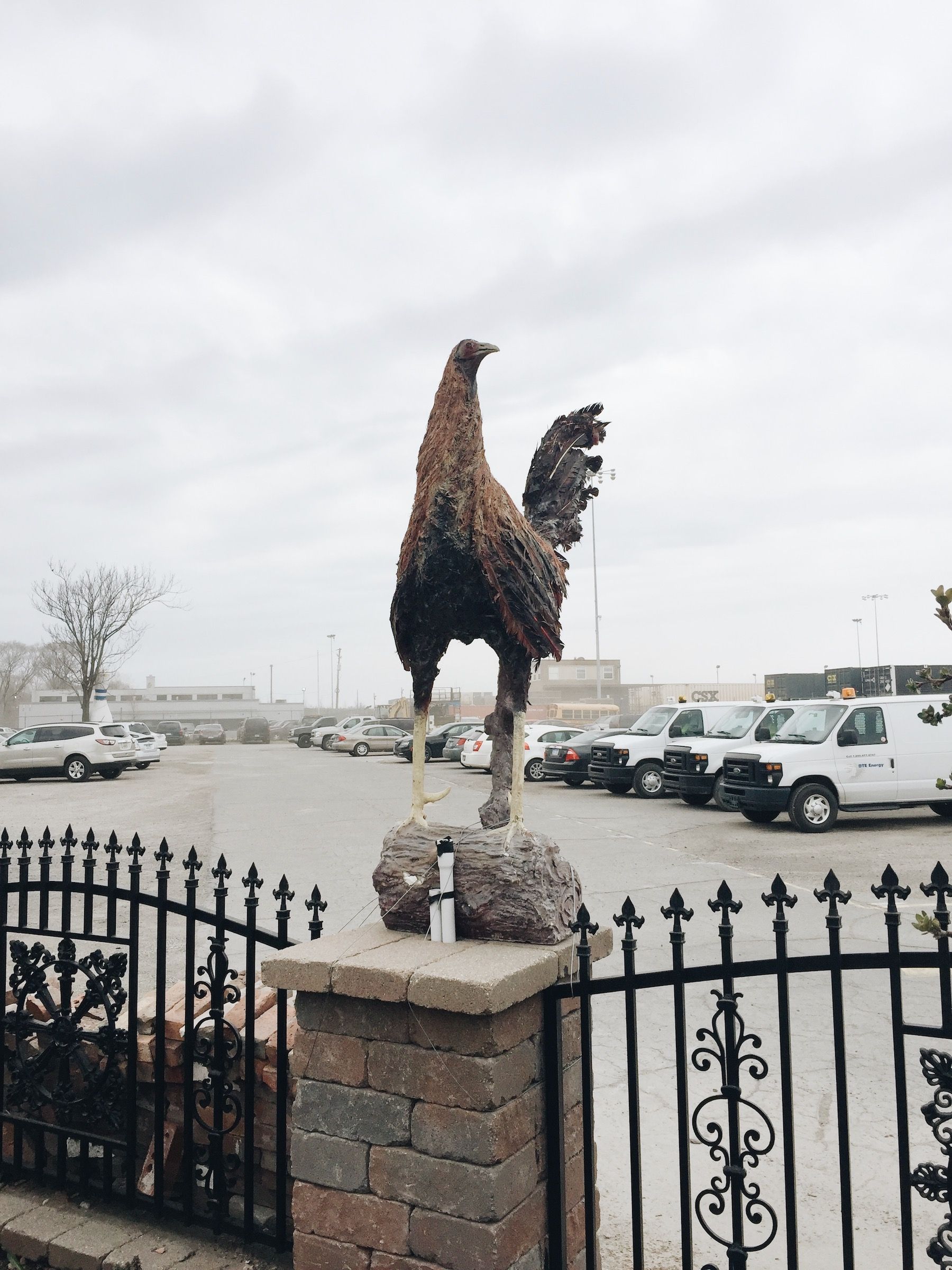The latest episode of See You on the Bookshelf is about the audiobook, and I wanted to give it an extra day because – a voice in me says – more careful ears are listening. A friend asked me recently if there was any one sense I found myself biased toward, and my answer was Sound. No other sense can both so overwhelm me and calm me (sometimes simultaneously), and no other sense so perplexes me (I am in awe, for instance, of anyone who composes music). Since podcasts and audio recordings were, in part, responsible for the idea for this book in the first place, one of the most surreal (for me) outcomes of the publishing process is the existence of this particular audiobook. Listen here.
This is also a good time to say that over the past months I’ve grown more and more fond of my audio editing software. There’s something so different – so both like and unlike reading and writing – about listening intimately to a human voice. To the same human voice, saying the same things, hours on end.
I’ve always been sensitive to dialogue. The way a person talks tells you not just who they are, but also (as I heard Junot Diaz say once) about their culture. But shaping voice on the page and shaping an actual recorded voice are two different things. For one, there are the bits of speech too fine even for the grain of experimental grammar. I’m talking about the way the person drags out their s sounds (impossible to write without them sounding like a sssnake). Where they pause to think, and where they take their breaths (often not where a period would go in a sentence, but after the first few words of the new sentence). There’s the way that when a conversation partner makes an affirming mmm or uh-huh, it gently breaks the original speaker’s flow. The first speaker then takes a breath and says “um …” before continuing. But if you try to write this on the page, it just comes of as indecisiveness.
Not a value judgement, just an observation of differences. Working on the podcast has been like getting one of those flat paintbrushes shaped like a fan. It won’t be an everyday brush, but I’m starting to learning its nuances. And it just might, one day, influence the way I paint.
